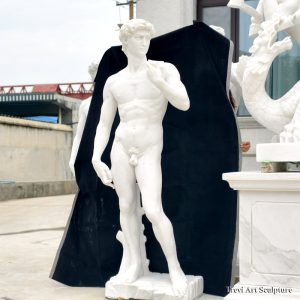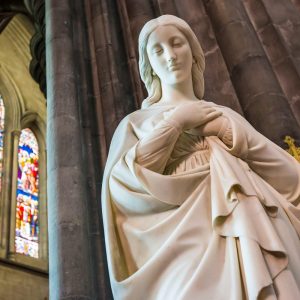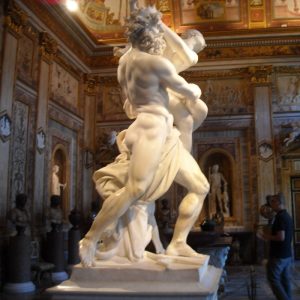The Louvre Museum in Paris is home to some of the world’s most iconic and historically significant sculptures. Among its vast collection, several famous statues of women stand out as masterpieces of art, history, and mythology. These sculptures capture the beauty and essence of femininity and represent powerful narratives from ancient civilisations. Below, we explore the most famous female statues in the Louvre that have mesmerised visitors for centuries.
Venus de Milo (Aphrodite of Milos)
Date: Around 130–100 BC
Origin: Ancient Greece
Material: Parian Marble
The Venus de Milo, one of the most celebrated sculptures in the Louvre, is an ancient Greek statue believed to represent Aphrodite, the goddess of love and beauty. Discovered on the island of Milos in 1820, this statue is renowned for its graceful proportions and mysterious allure, despite its missing arms.
The Venus de Milo embodies the idealised female form of the Hellenistic period, with flowing drapery that seems to cling to her body, emphasising her sensuality and elegance. Her calm expression and poised stance continue to captivate millions of visitors each year, making her a symbol of classical beauty and one of the Louvre’s most photographed artworks.
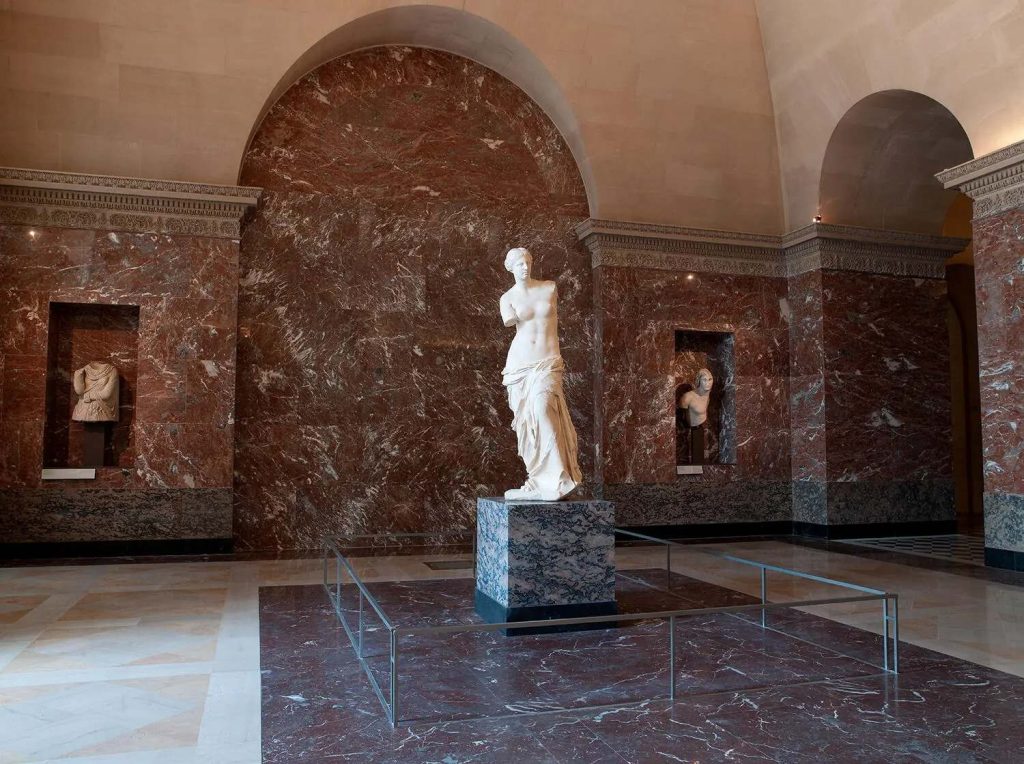
The Winged Victory of Samothrace (Nike of Samothrace)
Date: Around 190 BC
Origin: Ancient Greece
Material: Parian Marble
Though not a depiction of a mortal woman, the Winged Victory of Samothrace is a powerful representation of Nike, the Greek goddess of victory. This towering sculpture, displayed dramatically atop a marble staircase in the Louvre, portrays a winged female figure standing on the prow of a ship.
What makes this statue extraordinary is its sense of movement and life. The sculptor captured the dynamic flow of her drapery as though it were being blown by the sea wind. Even without her head and arms, the Winged Victory radiates energy, strength, and triumph, making it one of the most awe-inspiring works in the Louvre.
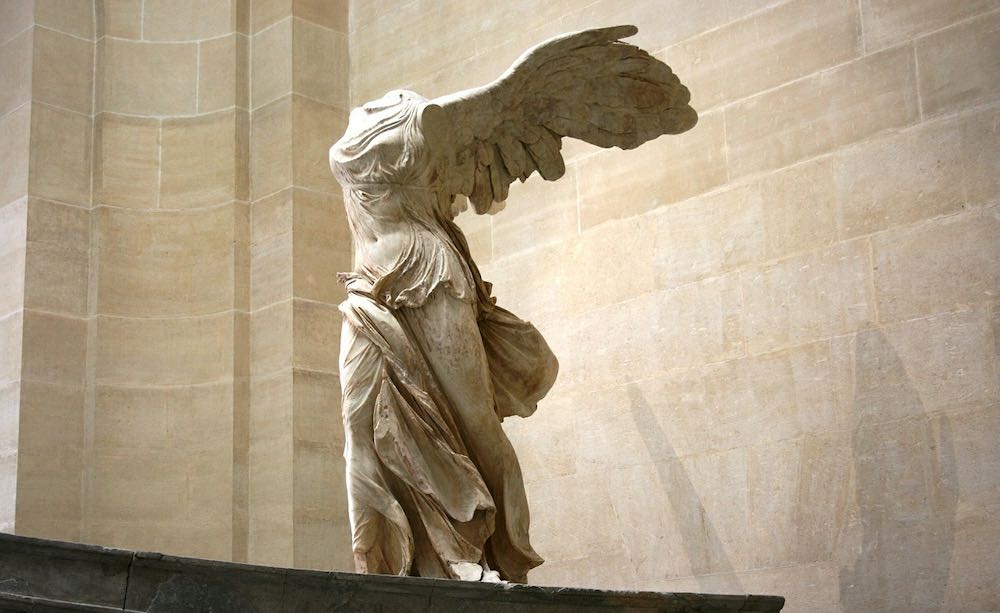
Psyche Revived by Cupid’s Kiss
Artist: Antonio Canova
Date: 1787–1793
Origin: Italy
Material: Marble
This romantic masterpiece by the Italian Neoclassical sculptor Antonio Canova is a stunning depiction of the mythological lovers Cupid and Psyche. The sculpture captures the moment when Cupid revives Psyche with a kiss, bringing her back to life after she falls into a death-like sleep.
The delicate interplay of their bodies, the tender expression of love, and the exquisitely detailed folds of the fabric make this sculpture a pinnacle of Neoclassical art. The work’s emotional intensity and technical brilliance have solidified its place as one of the Louvre’s most beloved sculptures.
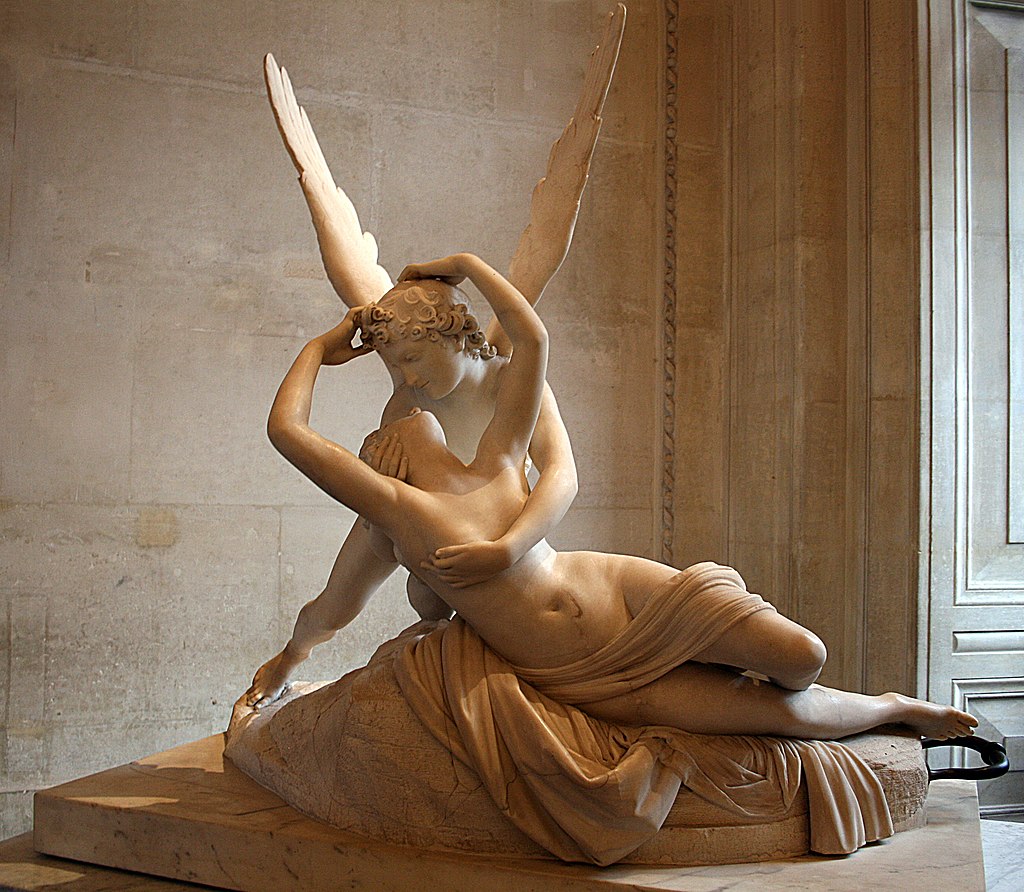
Diana of Versailles (Artemis)
Date: Roman copy, 1st–2nd century AD (based on a Greek original from the 4th century BC)
Origin: Ancient Rome
Material: Marble
The Diana of Versailles, also known as Artemis, represents the Greek goddess of the hunt and the moon. This statue features Diana in a dynamic pose, drawing an arrow from her quiver as she strides forward with a stag by her side.
The sculpture symbolizes strength, grace, and independence, qualities often associated with Artemis in Greek mythology. The Roman copy on display in the Louvre is a testament to the enduring influence of classical Greek art on Roman culture and beyond.
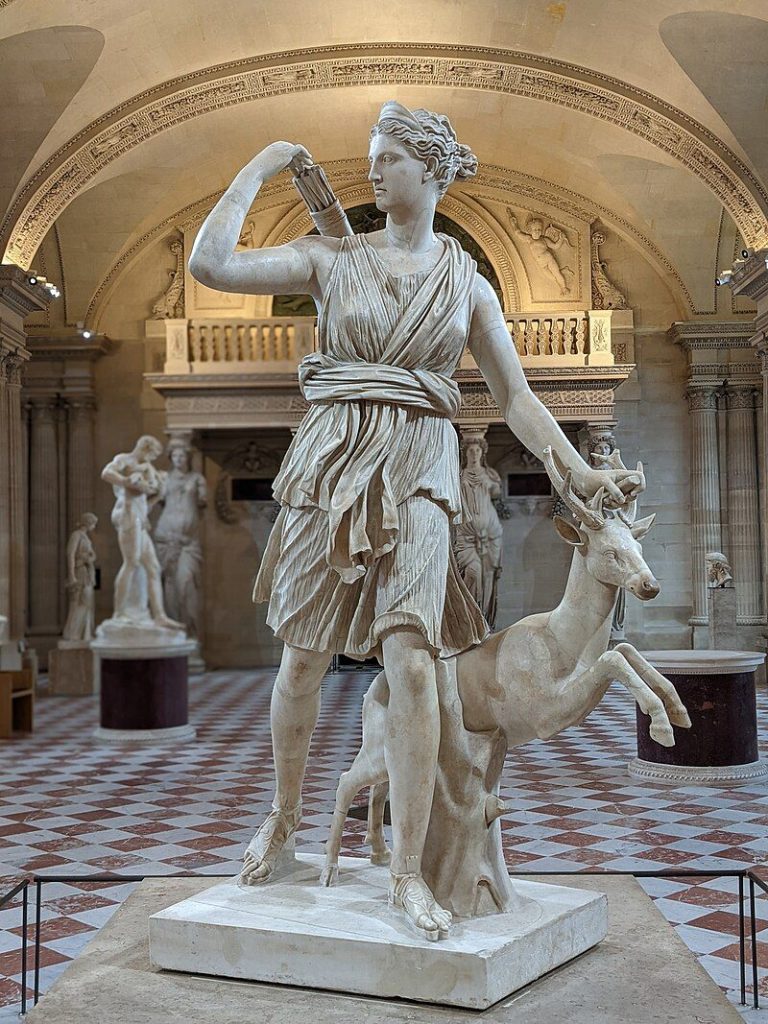
Nymph with a Scorpion
Artist: Lorenzo Bartolini
Date: 1845
Origin: Italy
Material: Marble
This lesser-known but striking sculpture by Lorenzo Bartolini depicts a reclining nymph who appears to be reacting to a scorpion on her foot. The statue is celebrated for its sensuality and realism, with every curve and detail of the figure carefully sculpted to highlight the softness of the human body.
Bartolini’s work is an excellent example of the Romantic fascination with mythology and naturalism, and it offers a more intimate exploration of the female form compared to the grandiose depictions of goddesses in classical art.
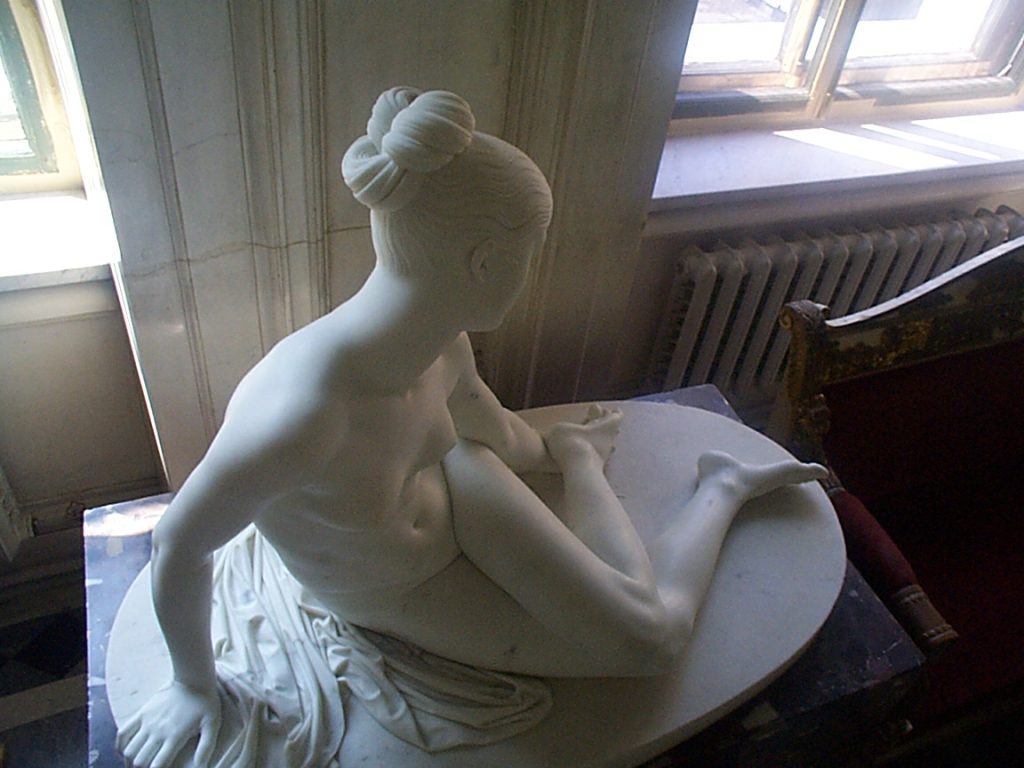
Why Are These Sculptures So Iconic?
Each of these sculptures is iconic not only for its artistic mastery but also for the stories it tells. From the divine beauty of Venus de Milo to the triumphant energy of the Winged Victory, these statues represent ideals of femininity, grace, and strength across diverse cultures and periods. They also showcase the incredible skill of ancient and modern sculptors in transforming marble into lifelike figures that continue to inspire awe.
Our Expertise in Marble Sculpture Carving
At Trevi, we specialise in creating high-quality marble sculptures that pay homage to masterpieces like those found in the Louvre. With decades of experience, our skilled artisans can replicate the intricate details of these world-famous works.
Why Choose Us?
Top-Quality Materials: We use premium marble, such as Carrara marble, to ensure the beauty and longevity of your sculpture.
Exceptional Craftsmanship: Our artisans are experts in creating lifelike details, from delicate drapery to expressive faces.
Custom Designs: We work closely with clients to deliver personalised sculptures that reflect their unique taste and style.
Worldwide Delivery: Our team ensures safe and efficient transportation and installation of your artwork.
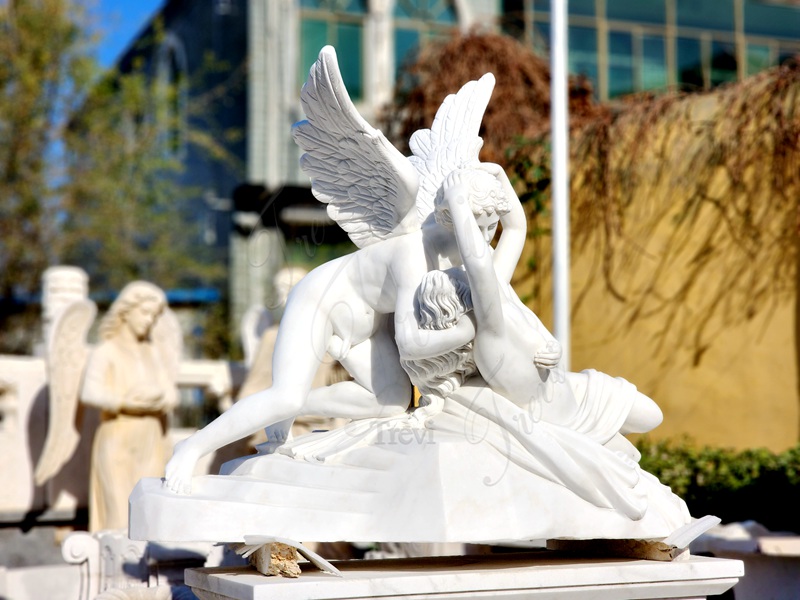
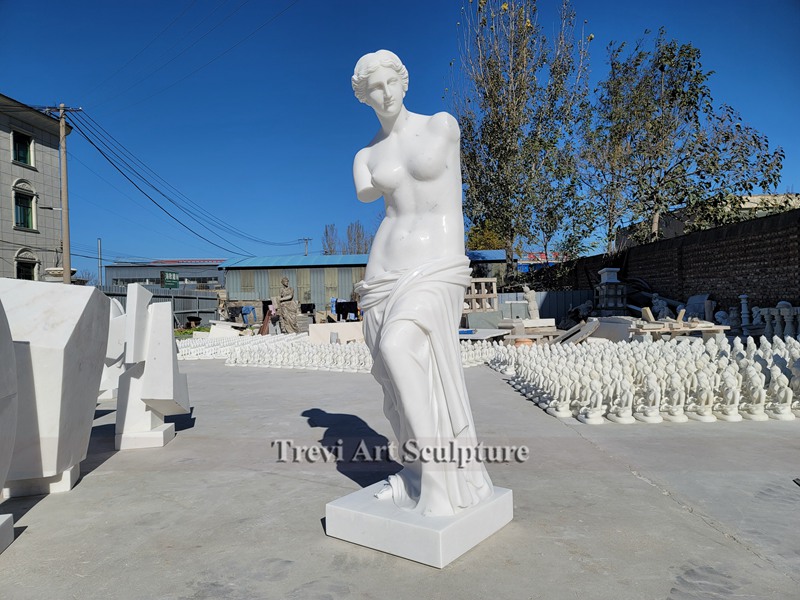
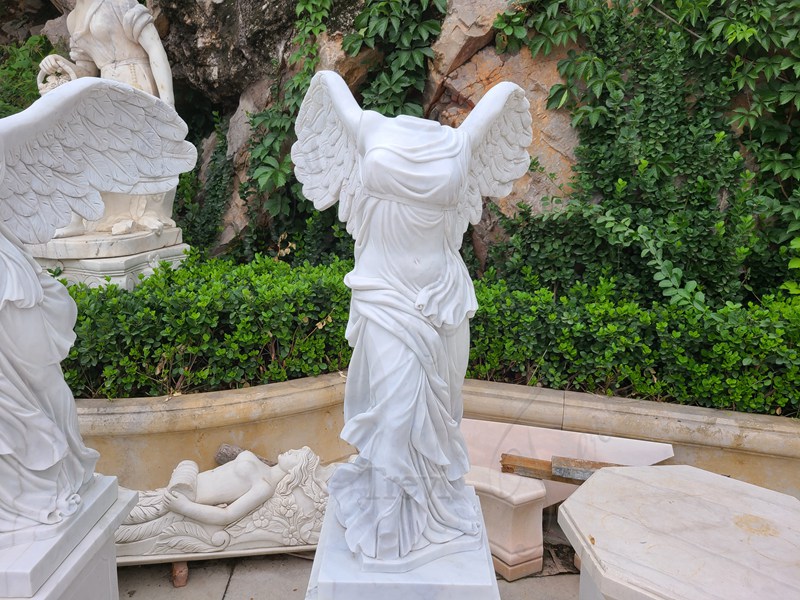
If you’re inspired by the beauty of the Louvre’s sculptures, contact us today to discuss your marble woman statue project. Let us help you create a masterpiece that will stand the test of time.

